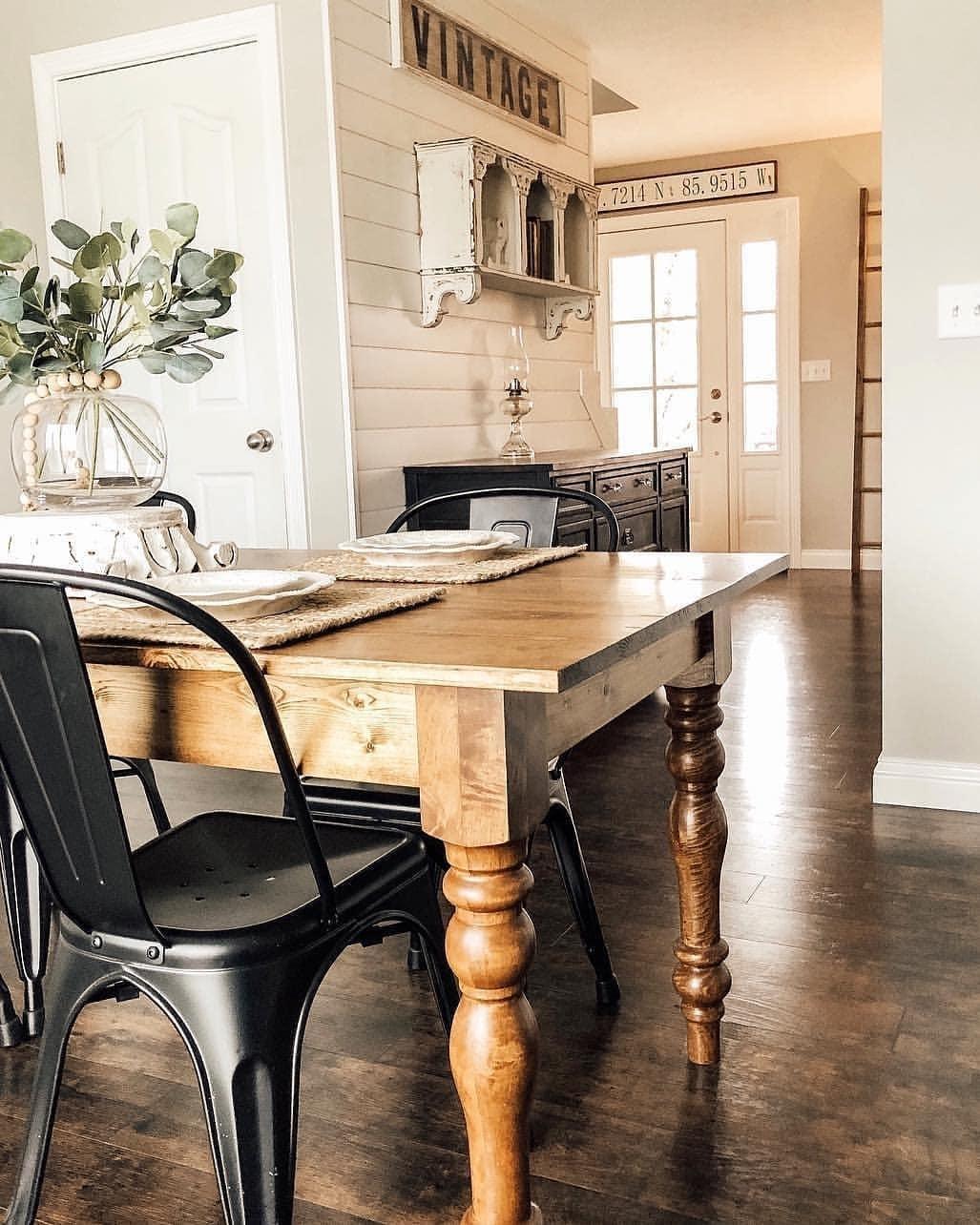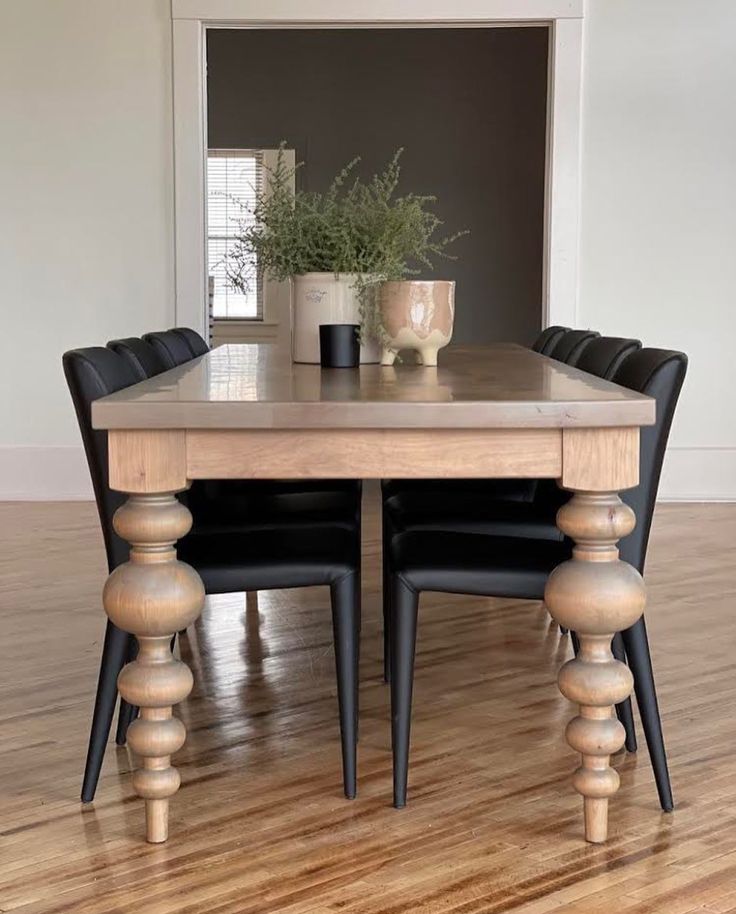The Top Trends in Dining Room Table Legs You Need to Know
The Top Trends in Dining Room Table Legs You Need to Know
Blog Article
From Typical to Modern: Locate the Ideal Dining Room Table Legs for Your Design
While traditional styles such as cabriole and transformed legs stimulate a feeling of timeless elegance, contemporary designs like hairpin and geometric alternatives provide a chance for striking aesthetic interest. As you take into consideration these components, the question stays: exactly how can you seamlessly incorporate these diverse leg styles to produce an unified eating experience?
Comprehending Table Leg Styles
The range of dining-room table leg styles can substantially affect both the looks and performance of the room. Each leg style contributes unique visual aspects and useful attributes, dealing with varied layout preferences and usage requirements. Understanding these designs is crucial for choosing the ideal dining table that lines up with your overall interior decoration vision.
As an example, conical legs use a tidy, traditional appearance that can enhance a room's style, while pedestal bases give stability and take full advantage of legroom, making them perfect for smaller sized areas. Barrette legs, a trademark of mid-century modern style, present an industrial style, enabling a ventilated, open feel. In a similar way, trestle legs evoke rustic charm, providing durable support and a feeling of eternity.
Wood legs can bring heat and appearance, whereas metal alternatives frequently share a sleek, contemporary ambiance. Eventually, recognizing table leg styles is vital for developing a cohesive eating location that mirrors personal design while making certain practicality and comfort.
Traditional Table Leg Options
When selecting dining space table legs, traditional options commonly symbolize classic beauty and craftsmanship. These layouts mirror a rich heritage and a dedication to quality, making them perfect for those who value traditional aesthetic appeals.
One of the most legendary traditional leg designs is the cabriole leg, defined by its stylish rounded form. This design often features attractive carvings and is most generally discovered in Queen Anne and Chippendale furniture. One more prominent option is the turned leg, which flaunts a collection of smooth, rounded shapes that supply a traditional look while keeping security.
Furthermore, the straight leg, while straightforward, offers a basic and tough framework that can mix effortlessly with a selection of tabletop styles. For those drawn to ornate outlining, claw-and-ball feet legs evoke a feeling of majesty and can act as a magnificent focal factor in any type of dining area.
Lastly, stand bases, although not strictly legs, provide a different traditional option that enables ample legroom and can be perfectly sculpted. Each of these typical leg styles adds to the overall ambiance of an eating room, marrying function with visual charm.

Modern Table Leg Styles
Modern table leg layouts supply a varied series of designs that stress tidy lines and ingenious products. These layouts frequently focus on performance while functioning as striking focal points within a dining area. Minimalist aesthetic appeals prevail, with legs crafted from products such as metal, glass, and view crafted timber, which contribute to a contemporary and airy feeling.
One popular style is the hairpin leg, characterized by its slim, tapered framework that provides stability without overwhelming the tabletop (dining room table legs). This style is often discovered in mid-century modern-day furnishings and can easily match numerous dining table shapes. One more trend is making use of geometric forms, where legs might tackle asymmetrical or angular forms, including aesthetic interest and a touch of artistry

Blending Styles for Unique Spaces
Typically, homeowners look for to produce one-of-a-kind dining spaces that show their individual style by blending different design components. This strategy permits the consolidation of varied looks, causing an unified yet distinct setting. For circumstances, matching a rustic wooden table with streamlined, contemporary metal legs can develop an appealing contrast that boosts the space's general appeal.
Additionally, incorporating vintage table legs with contemporary table tops can evoke a feeling of history while maintaining a contemporary sensibility. Such mixes not only display individual taste yet likewise motivate imagination, allowing homeowners to curate an area that really feels both personal and inviting.
Shade plays a vital role in this blending process; choosing table legs that complement or contrast with the existing shade plan can improve visual interest. For instance, whitewashed legs can soften the boldness of a dark table surface area, creating a well balanced visual.
Tips for Choosing the Right Legs
Choosing the right table legs is essential for accomplishing both capability and aesthetic appeal in your eating space. Begin by thinking about the overall style of your area. Traditional settings gain from legs that include detailed makings or turned designs, while modern rooms might call for sleek, minimalist designs.
Next, examine the elevation and security of the legs. dining room table legs. Basic table range in between 28 to 30 inches in elevation, so click for source make certain the legs complement this measurement for comfort. Furthermore, durable materials, such as hardwood or metal, can enhance stability and durability
Review the leg form too-- alternatives include right, tapered, or pedestal styles. Straight legs use a timeless appearance, while tapered legs can include a touch of elegance. Pedestal bases supply enough legroom and are ideal for smaller areas.
Final Thought
In recap, choosing the suitable eating space table legs calls for mindful factor to consider of both typical and modern-day styles. Conventional options such as cabriole and turned legs supply classic style, while modern styles like hairpin and geometric forms give a modern touch. By balancing leg style, height, and product with the total design, a cohesive and inviting ambience can be attained. Eventually, the chosen table legs should mirror the preferred aesthetic, improving the dining experience within the space.
The range of dining room table leg styles can dramatically affect both the looks and capability of the area. Ultimately, recognizing table leg styles is essential for creating a natural dining location that reflects personal design while ensuring usefulness and comfort.One of the most legendary conventional leg designs is the cabriole leg, characterized by its stylish rounded form. Straight legs use a timeless look, while conical legs these details can include a touch of style.In summary, choosing the optimal eating area table legs calls for cautious factor to consider of both contemporary and traditional styles.
Report this page